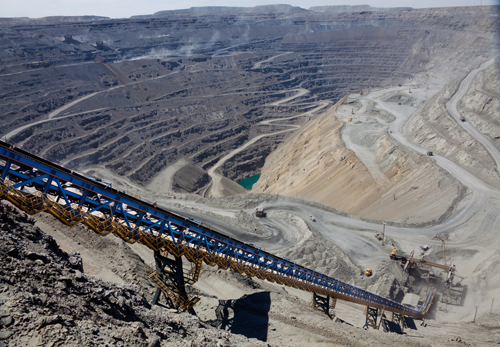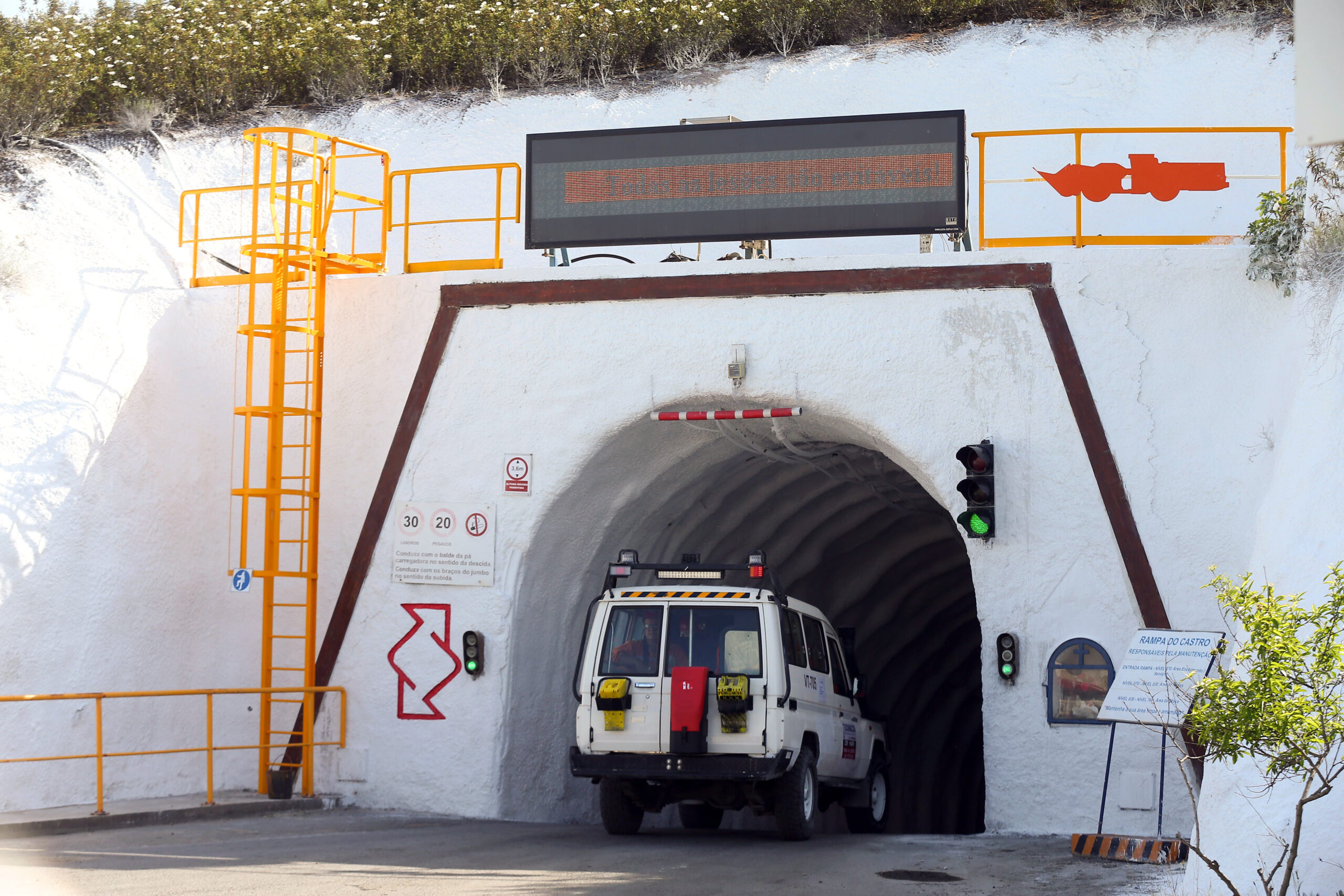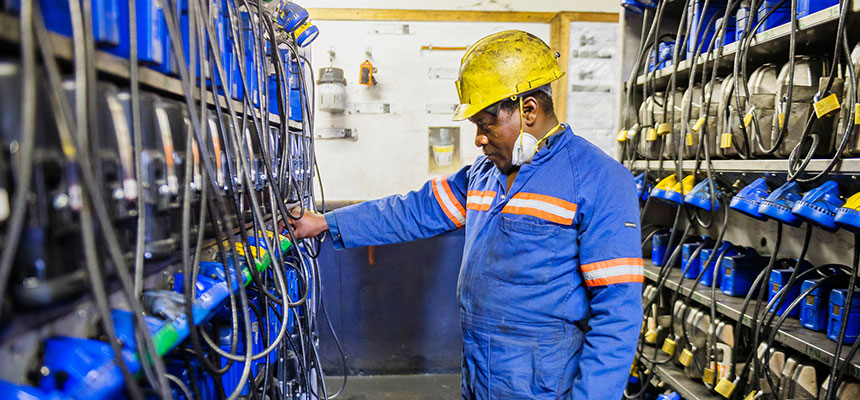
If the title is a nod to Gabriel García Márquez examination of how love can adapt in a time of ‘cholera’ KPMG International’s July 2013 guide, subtitled Managing transactions in the mining sector if less literary, seeks to focus on some of the strategies companies could adopt in managing their relations with the global trading realities, the investor community and the stock market.
A combination of demand from the east, dwindling mineral resources and rising costs is reshaping the mining sector. As mining companies attempt to manage their asset life cycle in this new landscape, their three main strategic priorities are growth, performance and compliance. “Whether organically or (increasingly) through mergers and acquisitions, growth is a perennial objective in an industry where assets continually erode, however, in the current context of falling commodity prices and rising costs together with scarcity of available cash for acquisitions, mining companies are forced to consider portfolio management and cost optimization as their top priorities over their traditional growth objectives,” says KPMG’s Global Head of Metals and Mining Corporate Finance.
Few would disagree. The guide addresses issues frequently faced by readers of this magazine: geographic expansion, M&A and financing (written by Rama Ayman, KPMG’s Global Head of Mining and Metals Corporate Finance, who expands his analysis in an exclusive interview for this issue) tax structuring, the key role of due diligence, and one frequently neglected area, the need for companies involved in M&A activities to manage integration – and indeed separation – issues in a planned and proactive way instead of tackling them post-event.
Authored by a picked group of KPMG’s country and sector leaders it demonstrates the global reach and depth of experience that the global professional service group can command. Underlying the practical advice it contains is the message that things are definitely not getting simpler in the way the world’s commodities markets work and interact. It is getting increasingly difficult for the majors, with all their financial and IP clout, to navigate the international cross currents and local shoals they encounter: how much more perplexing is it, then, for junior companies to find their way?
The conclusion? They need someone with local knowledge, global reach, and real depth of understanding to support them in assessing financial risk and help them avoid expensive – and potentially fatal – mistakes. “As mining companies seek targets in unfamiliar parts of the world, they will need strong local knowledge to form relationships and cope with foreign regulations and cultures,” KPMG warns. “A flexible financing package can help hedge against a volatile commodities market to achieve positive margins and improve shareholder value.”
Shareholders are increasingly asking mining companies to pursue a disciplined portfolio approach in line with their core competencies whether in exploration, mine development, or managing mature cash flow generating assets to enhance value for investors. KPMG member firms often act as a long-term advisor to mining companies to help them optimize their acquisition and divestiture programs in order to leverage the client’s core competencies.
This guide is the first in a series that discusses how mining companies can best navigate the asset life cycle, and covers the five key elements of the transaction phase: geographic expansion, financing and mergers and acquisitions, tax structuring, due diligence and integration.
Full report
To download the full report, Growth in a time of scarcity: Managing transactions in the mining sector Click here












